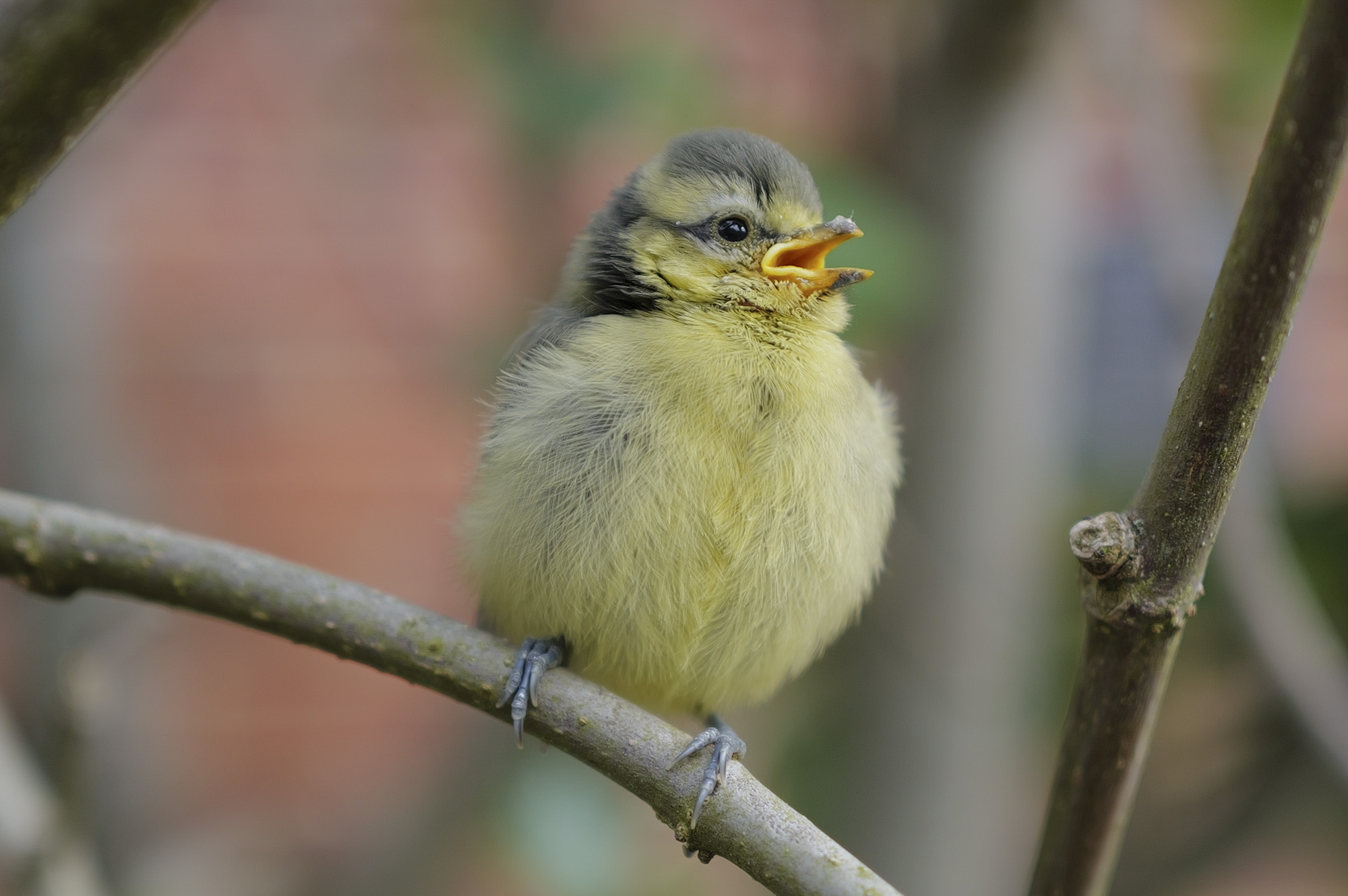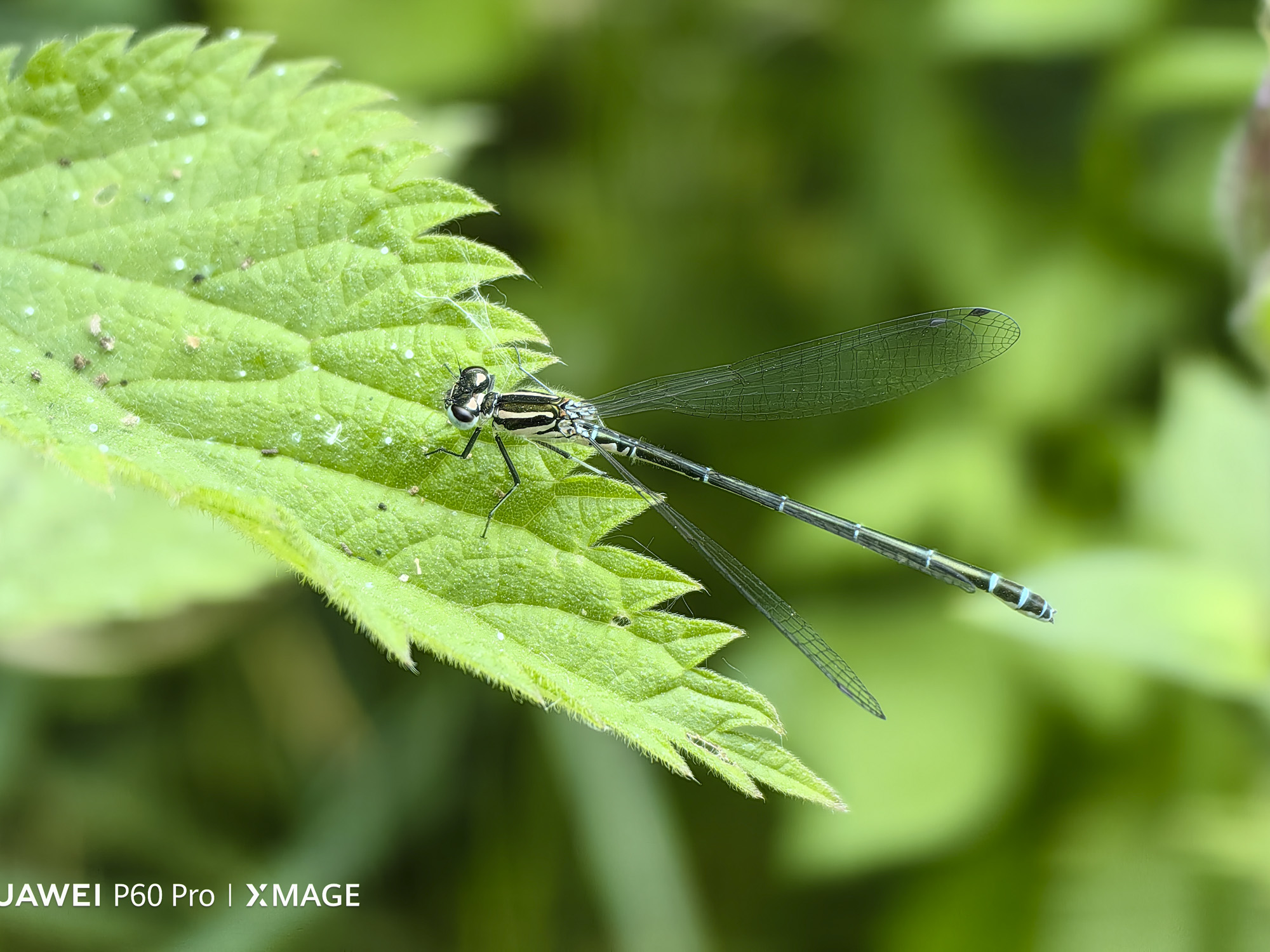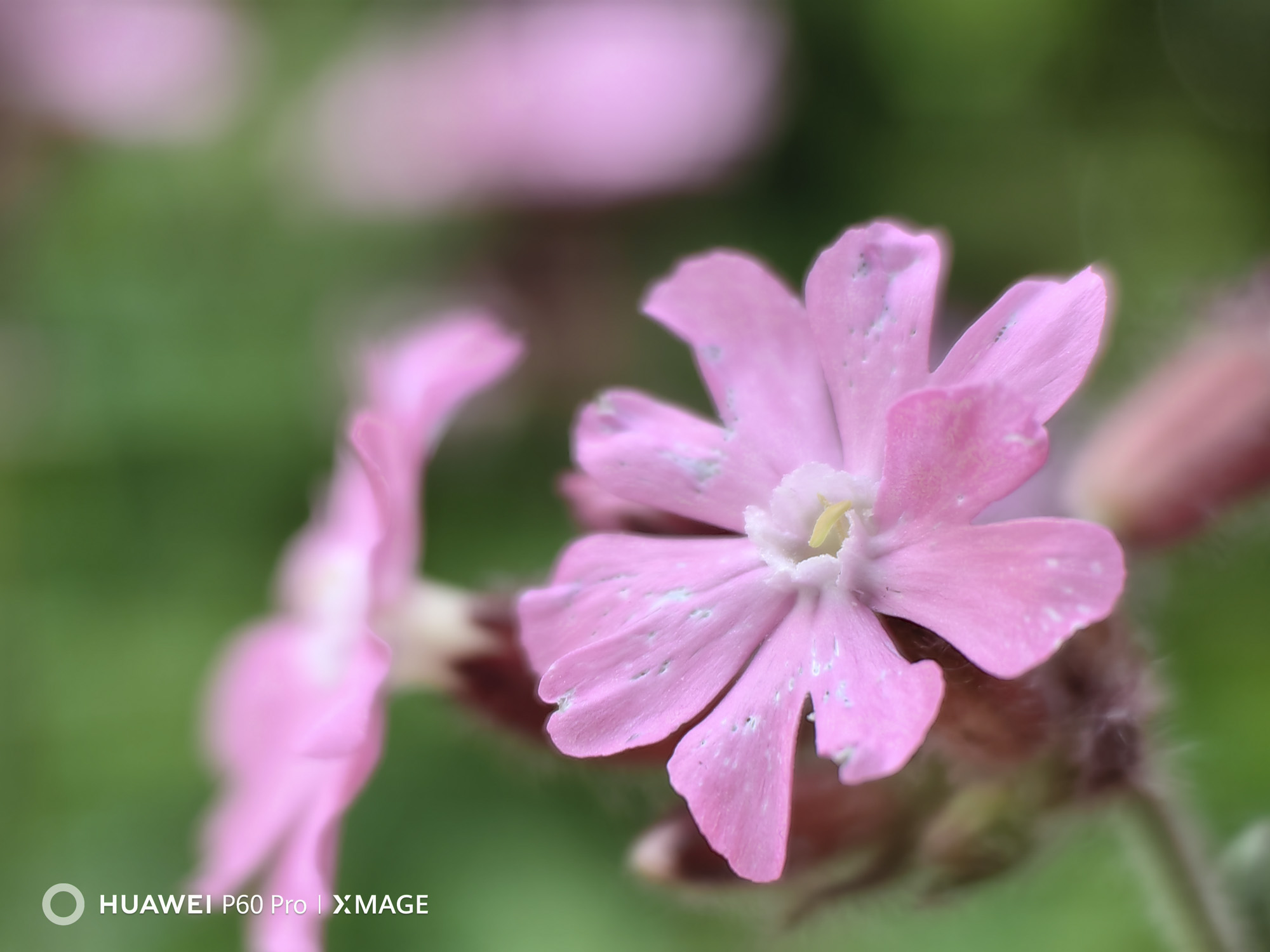Can the best camera phone in 2023 really beat a $6,000 Leica?
The Huawei P60 Pro takes on the Leica Q3 in this ‘everyday’ camera battle

Whatever your photography knowledge, this shootout is verging on silly: how can you compare the full-frame Leica Q3, a premium compact camera that costs $6,000 / £5,300, against a smartphone like the Huawei P60 Pro?
On the contrary, in 2023 this is a logical shootout: the best camera phones have taken a huge bite out of the dedicated camera market over the last few years, and now the best compact cameras are fighting back.
The two cameras in question represent the pinnacle of camera tech in their respective categories in 2023, and despite being wildly different on a surface level, they share more similarities than you might think.
I’ve been using the two cameras side by side for several weeks to get a feel for them as everyday cameras, and to establish what kind of images they are capable of creating. Let’s find out how I got on.
IN THE HAND
In my Leica Q3 review, I described it as "the most powerful, most enjoyable and most expensive premium compact camera available" in 2023. Very few can afford it, but those that can are treated to a heavenly shooting experience.
The Q3’s fixed 28mm f/1.7 lens is a dream, with smooth manual focusing, Leica’s best autofocus for those that want it, plus a macro mode for closer focusing. There’s also a tilt touchscreen, crisp viewfinder which gives clearer viewing than a screen in bright light, plus customizable controls. The Q3 is also proof that minimalism doesn’t need to scrimp on functionality. This is a camera that you want to use every day and it’ll put a smile on your face.

As for the flagship Huawei P60 Pro, its primary function is as a phone and that means its handling for photography and video is more awkward than the Q3. Phones are also multi-functional devices and it’s harder to focus on creativity when using them for photography in a way that you can with a dedicated camera.
Sign up for breaking news, reviews, opinion, top tech deals, and more.
In the specific context of using a smartphone as a camera, the fact that the P60 Pro is shut out from Google services (because of US government sanctions imposed on Huawei) is an unexpected blessing. Honestly, it’s helped me consider it purely as a pocket camera with some advanced photography control, and not as a phone that takes pictures. However, if you’re going to treat a smartphone like a P60 Pro as a serious photography tool, then I’d strongly advise looking into an optional handgrip to improve handling. And even with a handgrip attached, the handling of the P60 Pro for photography simply doesn’t compare to the premium Leica Q3.
Lenses
The Huawei P60 Pro’s lenses are a camera phone revelation. You get a 25mm (approx) main camera with adjustable f/1.4 to f/4 aperture, plus industry-leading close focusing capabilities (see Getting close with macro, below). The phone’s more limited second camera is a 3.5x zoom, which roughly equates to a 90mm lens, while its 10x zoom is still respectably sharp.





The Leica Q3’s single 28mm built-in lens is a fraction tighter than the P60 Pro’s main camera, but it’s still a moderate wide perspective. A dedicated digital crop mode emulates the 35mm, 50mm, 75mm and 90mm focal lengths, the latter of which is a similar perspective to the P60 Pro’s second camera. You lose pixels using the Q3’s crop, but given the camera has a whopping 60.3MP resolution, all of those crop settings are usable.
When viewing photos on a smartphone display you might not perceive a big difference in image quality. However, the Q3’s lens detail is on another level to the P60 Pro’s lenses, especially given it’s paired with a larger sensor and natural depth. It shows when you look closely at photos. The P60 Pro’s hardware sets the standard for camera phones, but there’s no contest against the Q3’s super sharp built-in lens.
EVERYDAY PHOTOS
Both the P60 Pro and Q3 are excellent everyday cameras, with lenses able to capture similar types of subjects such as portraits, landscapes, macro and moderate telephoto details that even includes wildlife if you can get close enough.


The key difference in how images are made between the two cameras is that the Leica Q3 majors on industry-leading hardware with ‘organic’ results, while the Huawei P60 Pro relies on highly sophisticated AI-powered software for more challenging scenarios and effects.
Arguably, it doesn’t matter how the final image is produced, and it’s the end result that matters the most. I’ve made several like-for-like comparison images in specific scenarios taken with the two cameras, and shared some thoughts.
PORTRAITS
Most important for portraits is color accuracy, and here the Leica Q3 is head and shoulders above the P60 Pro. But for other elements such as bokeh, software changes the picture for portraits.
We’ve written about how the Huawei P60 Pro might just beat a mirrorless camera for portrait photography and that’s thanks to its AI-powered portrait mode. You get a choice of bokeh effects that includes circles and swirls. Circular bokeh is what many portrait photographers look for, and here you get the effect perfectly at the push of a button.



Unlike the Q3, the P60 Pro’s shallow depth and bokeh is achieved artificially and if you look really closely you’ll notice artefacts around fine detail such as hair. The P60 Pro is the best camera phone I’ve seen yet when it comes minimizing these artefacts and recognizing what is and what isn’t your subject, but it’s still fallible.
The Q3’s wide focal length isn’t typically considered for portraiture, but if you utilize the digital crop to say 75mm and adjust your physical distance from your subject accordingly, then portraits can look more flattering. Its full-frame sensor and wide f/1.7 aperture combine for lovely shallow depth of field and bokeh is for the best part decent. It’s not perfect bokeh – there’s the P60 Pro’s AI for that if you really want it.
GETTING CLOSE WITH MACRO
Both cameras shoot macro, meaning they can focus super close to fill your shot with tiny subjects. Hands down, the P60 Pro has the best macro photography performance of any camera phone, and it can get much closer to subjects than the Q3.


We don’t know the exact size of the P60 Pro sensor because Huawei hasn’t shared that information – but it is definitely a lot smaller than the Q3’s. A smaller sensor is actually advantageous for macro if you like more of your subject in sharp focus, because they give greater depth of field.



The Leica Q3’s lens has a macro setting that focuses as close as 17cm. Its macro photos look great too, especially when paired with the digital 90mm crop, fast f/1.7 aperture and large full-frame sensor that can give a more dreamy shallow depth if that’s what you're looking for.
NIGHTTIME
A lot of AI-processing takes place in the P60 Pro’s night shots; it can boost the brightness of an urban twilight sky to appear almost like the day. Provided there’s no rapid movement going on in the scene which could cause a ghosting effect, the phone’s night shots are excellent. If you don’t want to brighten up those night shots to such an extreme, you can always use the phone’s Pro shooting mode to gain full manual exposure control and adjust brightness to your liking.


The Q3 is also a decent performer at night, thanks to its full-frame sensor that organically produces clean images. It has better dynamic range than the P60 Pro when outside of the phone's Night mode. For long exposure photography at night you’ll need to use a tripod with the Leica Q3 to keep detail sharp, while the P60 Pro is more forgiving when handheld.
Palabras finales

The Leica Q3 does what cameras need to do in 2023 to fend off camera phones and AI image trickery: make photography itself an enjoyable experience, and produce naturally stunning pictures. You’ll want to use it to make pictures at every given opportunity.
The P60 Pro is the most capable camera phone to date and of course it slips easily into a trouser pocket and could be your second phone that’s used solely as a compact camera. Throw on an optional camera grip and its handling can be improved, too.
My feelings on the image quality of the two cameras seesaws. The natural look of the Q3, especially color, is better, but I love how the P60 Pro can use AI to improve elements such as the bokeh effect. Which would I choose for everyday photography? The Leica Q3. But then again it does cost 4x the price. Both are incredibly capable in their own way and will satisfy different kinds of users, and the technology available to photographers in 2023 (who can afford it) continues to blow me away.

Tim is the Cameras editor at TechRadar. He has enjoyed more than 15 years in the photo video industry with most of those in the world of tech journalism. During his time as Deputy Technical Editor with Amateur Photographer, as a freelancer and consequently editor at Tech Radar, Tim has developed a deeply technical knowledge and practical experience with cameras, educating others through news, reviews and features. He’s also worked in video production for Studio 44 with clients including Canon, and volunteers his spare time to consult a non-profit, diverse stories team based in Nairobi. Tim is curious, a keen creative, avid footballer and runner, and moderate flat white drinker who has lived in Kenya and believes we have much to enjoy and learn from each other.